Direct DRS Connection
Power Supply Unit Connection (optional on some models)
Some newer DRS (such as the DRS4D-NXT) do not need any Power Supply Unit and can be connected directly to the main 12v or 24v battery (refer to your Furuno DRS installation guide for more information).
If the DRS model you use requires the PSU012 or PSU013 (Power Supply Unit) to power the antenna (48v), make sure to insert the “J7” jumper inside the PSU (under its cover). If the jumper is not inserted, the PSU will not power ON (the LED will remain OFF) even when 12 or 24v is provided
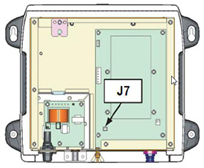
Network Connection
To connect the DRS Ethernet port to the computer, we highly recommend installing a HUB/Switch in order to be able to add additional Ethernet sensors easily (such as a network sounder) and to be able to monitor and troubleshoot network traffic (by looking at the activity LED of the HUB):
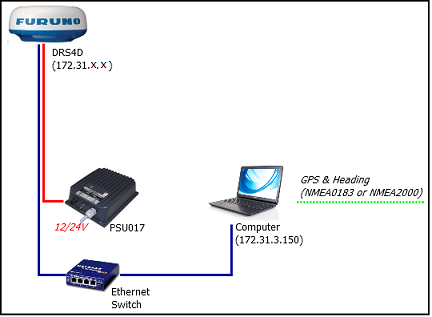
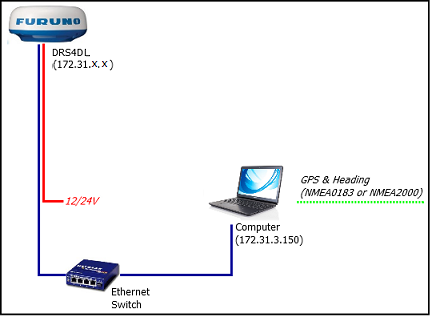
Connect GPS, Heading and optional additional instruments to the computer using one or multiple COM ports (through a USB to Serial adapter if needed) or through NMEA2000 via the Actisence NGT-1 or NGX-1 Gateway.
Important information regarding heading: If you want to overlay radar on the chart, acquire ARPA targets or use the North-Up Orientation of the Radar WorkSpace, you have to provide Heading to TimeZero. For reliable ARPA, the heading refresh rate must be 10Hz or more (the heading sentences must be received 10 times per second or more). If TimeZero only receives heading once per second, ARPA reliability is not guaranteed.
Note: If you connect the Heading Sensor using NMEA2000 the refresh rate is always 10Hz.
Set the IP of the Computer
The computer needs to have an IP address that “matches” the Furuno Network (172.31.x.x/255.255.0.0) in order to exchange information with the DRS. We highly recommended using 172.31.3.150 as a fixed IP address for the computer with a subnet mask of 255.255.0.0.
Open the "Network Connections" control panel of your computer to adjust the IP address. Under Windows 10/11 you can press the combination shortcut Windows Key + R to open the Run dialog box. Type "ncpa.cpl" and click on "OK":
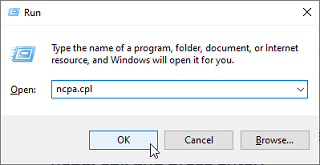
Double click on the Network Adapter connected to the radar (usually “Local Area Connection”).
Note: If you have multiple Area Connections (multiple Ethernet Cards) and if you don’t know which one is connected to the radar, you can temporary disconnect the Ethernet Cable from the computer and look at which icon will display a red cross. This will indicate the LAN that has been disconnected from the computer, and thus the one that needs to be configured.
Select "Properties" from the "Local Area Connection Status" window. Double click on “Internet Protocol Version 4 (TCP/IPv4)”. Use the fixed IP address 172.31.3.150 with a subnet mask of 255.255.0.0:
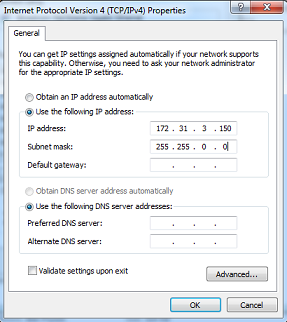
Once the computer's IP address has been assigned, launch TimeZero in Navigation Mode. Open the "Options" by clicking on the "TimeZero" logo (located at the top left corner) and select Device List. Make sure the Radar is listed inside the "Local Device List". Do not proceed to the next step until all Furuno Ethernet sensors are properly listed.
Note: It is always recommended to turn ON the DRS before starting TimeZero.
Configuration
Open the Radar Options in TimeZero. Under "Radar Initial Setup", select the DRS Hostname and adjust the DRS initial settings just like you would from a NavNet MFD.
Note: There is no feedback when pushing the “Radar Optimization” button. This is normal!